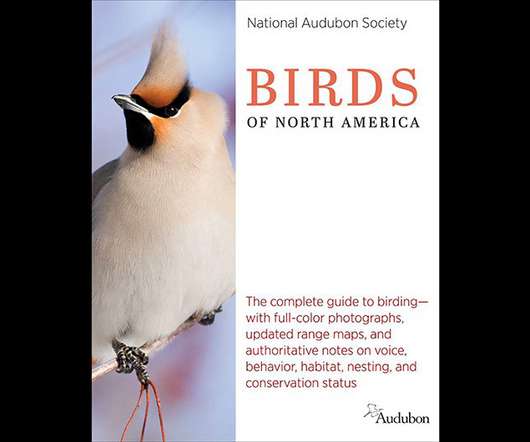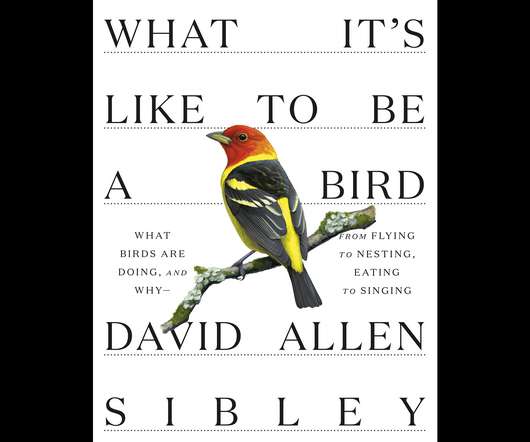Pied Oystercatcher chicks four weeks on….
10,000 Birds
AUGUST 25, 2019
It has been a few years since I could share some good news about the Pied Oystercatchers breeding along the coast near Broome. Hopefully you won’t mind me writing a bit more this year about Pied Oystercatchers during the breeding season! I introduced you to this Pied Oystercatcher family four weeks ago.












Let's personalize your content